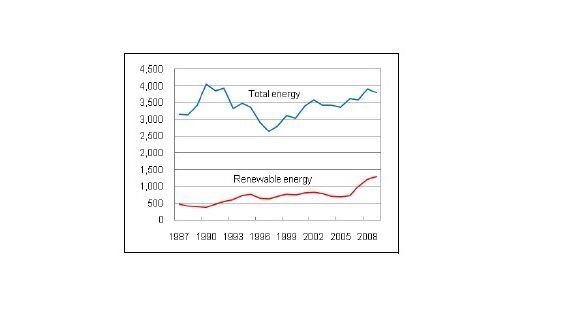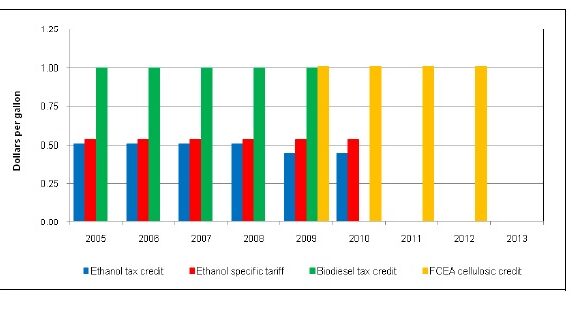
Managing R&D Risk in Renewable Energy: Biofuels vs. Alternate Technologies
October 1, 2010Gordon Rausser, Reid Stevens, and Kiran ToraniUniversity of California, Berkeley The government’s use of upstream R&D investments and downstream incentives for renewable energy is intended to achieve commercial breakthroughs in biofuels, batteries, fuel cells, hydrogen, solar, and wind energy. The private sector…





